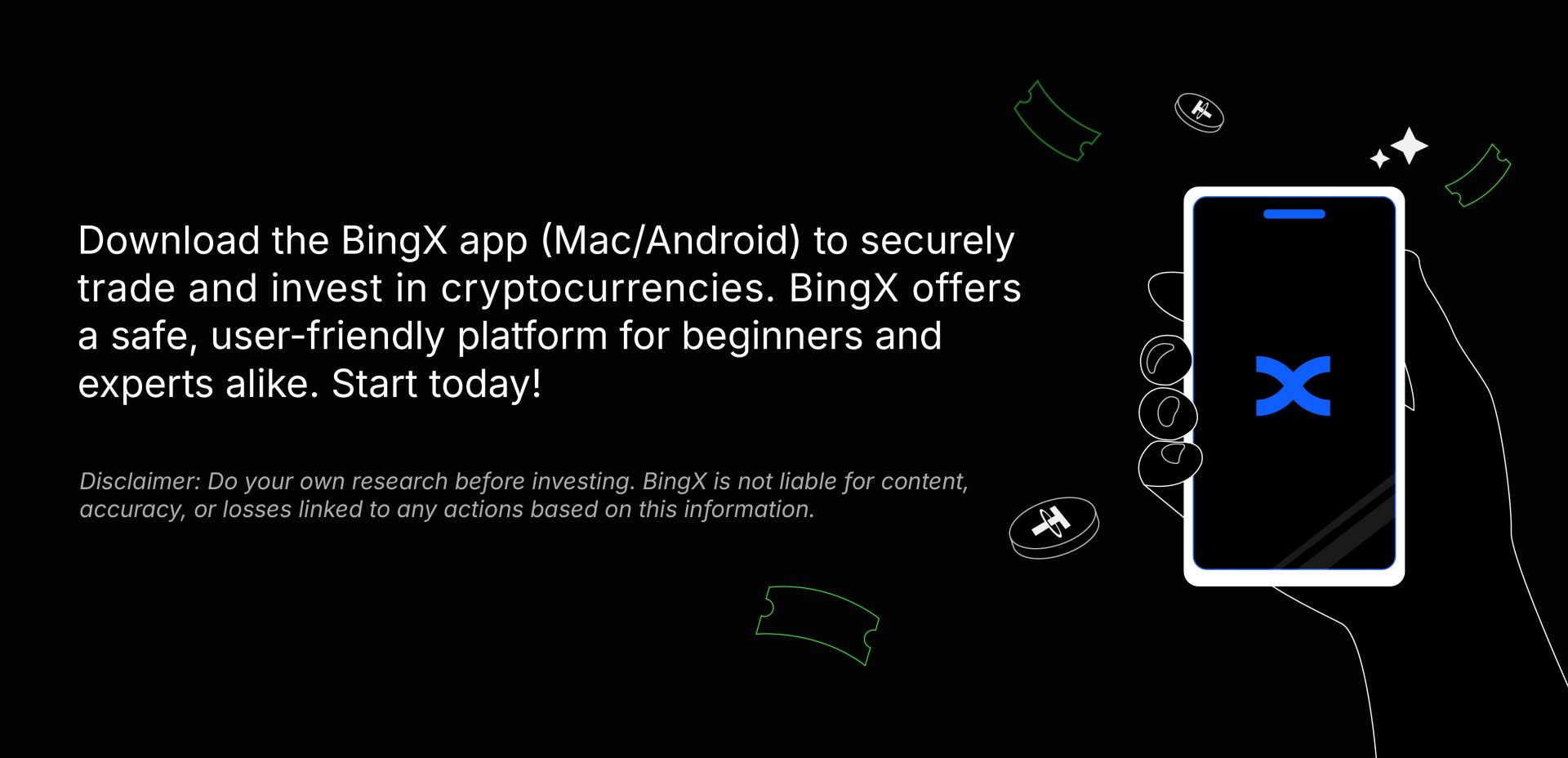
The Middle East is emerging as an important region for global crypto adoption, with much momentum being driven by institutional movements and clear regulations. What was once a niche interest has evolved into a large institutional sector, driven by forward-thinking regulations, economic diversification efforts, and innovative applications of blockchain technology. In 2025, the region experienced explosive growth, with the UAE alone recording $34 billion in crypto inflows, resulting in a 42% year-on-year increase, positioning the UAE as a top contender in the digital asset space. Overall, the Middle East attracted an estimated $338.7 billion in inflows, which in global terms would make it the world’s seventh-largest crypto economy. This growth isn’t just retail-driven; institutions are joining in, fueled by strategic visions like the UAE’s ambition to make crypto its second-largest sector by 2030.
Progressive Regulations Fueling Growth
One of the primary catalysts for institutional adoption in the Middle East is the region’s clear regulatory environment. The UAE leads the charge with entities like the Virtual Assets Regulatory Authority (VARA) in Dubai and the Securities and Commodities Authority (SCA), which have created clear frameworks for digital assets. These regulations emphasize compliance, anti-money laundering (AML), and investor protection; potentially attracting institutional players.
Bahrain has followed suit with the Gulf’s first stablecoin regulations, including licenses for fiat-backed tokens, potentially enhancing its position as a digital finance frontier. Saudi Arabia is also experiencing surging blockchain business registrations (up 51% in Q2 2025) and projections of nearly $500 million in crypto revenue by year-end.
This regulatory clarity has drawn global institutions such as Nasdaq-listed DeFi Technologies, establishing operations in Dubai to tap into the MENA crypto boom. Attractive tax policies on crypto gains in some jurisdictions across the region could also incentivize further institutional inflows and reduce barriers for hedge funds, sovereign wealth funds, and family offices.
Economic Diversification Away from Oil
The Middle East’s traditional reliance on oil is waning, and crypto is stepping in as a key diversification tool. Strategies like Saudi Arabia’s Vision 2030 and the UAE’s Vision 2031 emphasize fintech and digital economies, with crypto at the forefront. The GCC hosts over 1,500 blockchain-based companies, and institutional adoption is accelerating as governments seek high-growth alternatives to hydrocarbons.
In the UAE, cryptocurrency app downloads surged 41% in 2024, reaching 15 million, reflecting broad institutional interest in tokenized assets and DeFi. Projections indicate the Middle East crypto market could reach $234.3 billion by 2033, growing at an 8.74% CAGR, driven by institutional investments in areas like Stablecoins and blockchain infrastructure. Similarly, the GCC cryptocurrency market is forecasted to hit an estimated $3,487 million by 2033, with a 16.75% CAGR from an estimated $744.3 million in 2024. This shift is evident in events like Bitcoin MENA 2025 in Abu Dhabi, reaffirming the region’s role as a hub for digital asset innovation.
Institutional Inflows and Global Projections
Institutional capital is flowing in at record levels, with the UAE’s pro-business environment, including tax incentives and advanced infrastructure, attracting players from around the world. Dubai and Abu Dhabi have long been regarded by the industry as serious contenders for the global crypto hub crown, with stars aligning through regulatory support and zero-tax policies. Analysts predict sustained growth, with JPMorgan forecasting explosive expansion in 2025, driven by clarity and innovation.
These institutional crypto movements in the Middle East could just manage to blend Web3 innovation with institutional stability. With analyst projections of double-digit GDP contribution and events like Money20/20 Middle East fostering collaboration, the region has the potential to redefine global finance. For institutions, this could mean new opportunities in an evolving market. As the UAE and its neighbors continue to develop clearer regulatory frameworks, traders across the world are keeping a close eye on crypto evolution in the region.
Related Reading
- Institutional Crypto Boom: Bitcoin Options Trading Now Available in the UAE
- What Is a Solana Staking ETF and How Does It Work?
- Spot XRP ETFs to Launch on November 13: What Is a Spot XRP ETF?
- SEC Greenlights In‑Kind Redemptions for Bitcoin & Ethereum ETFs: What It Means for Investors
- What Is an Ethereum Staking ETF and How Does It Work?
- What Are the Top Spot Ethereum ETFs to Buy in 2025?
